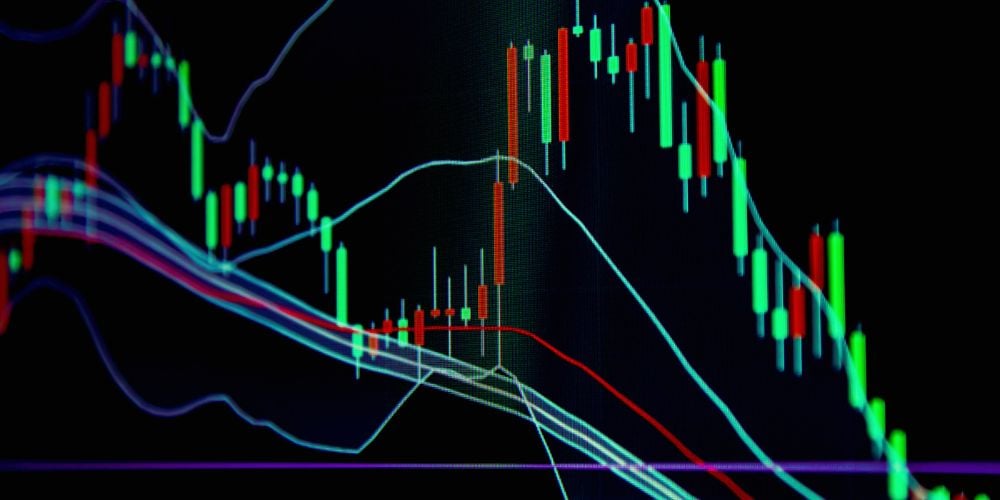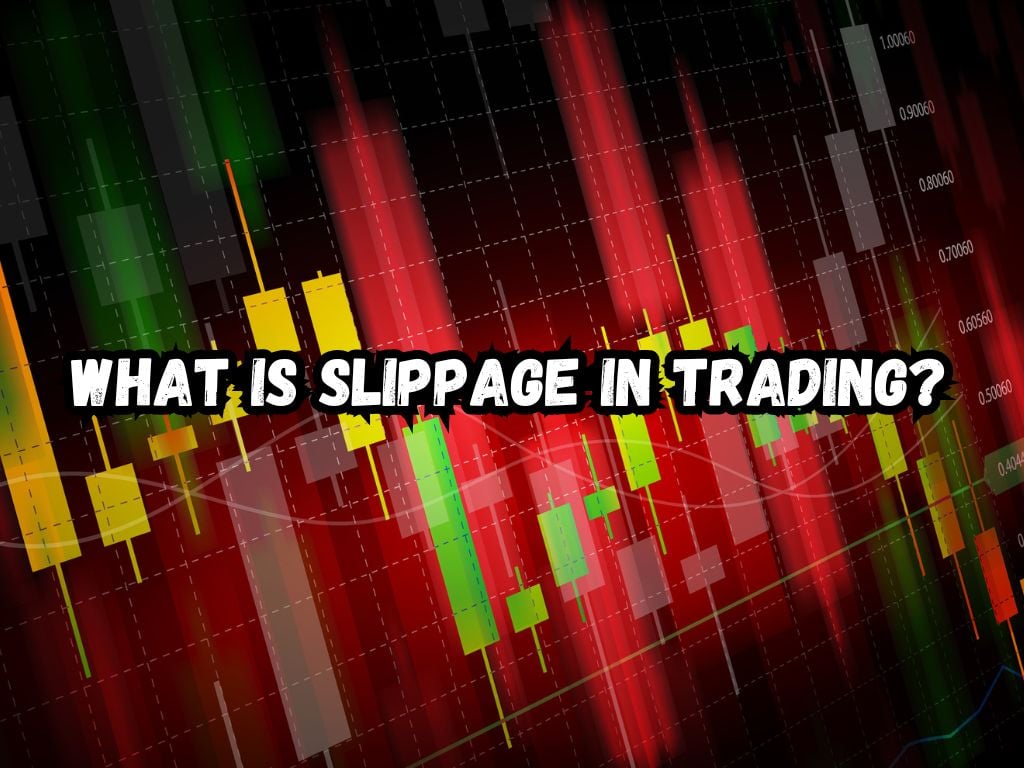Trading, a field with vast complexity, presents the need to understand numerous intricate concepts to thrive effectively. One such concept that often goes unnoticed by neophytes but can significantly impact trading activities is deemed ‘slippage.’
This article aims to clarify what is slippage in trading, specifically focusing on how it affects trading activities and strategizing for its potential effects.
What is Slippage in Trading?
Slippage, in layman’s terms, arises when an executed trade’s price exhibits deviation from what we initially expected.
The financial markets, being dynamic as they are, demonstrate such changes within milliseconds, leading potentially to considerable shifts in the trade’s expectation versus realization.
It is essential to underline that slippage carries no inborn biases; it is neither inherently detrimental nor beneficial, but rather a standard market function that stems primarily from liquidity constraints and market volatility.

Dissecting the Impact of Slippage in Trading
Slippage harnesses the potential to swing both ways. It can introduce a trader to a healthier entry point than expected,so or serve as a less-than-pleasant surprise by eating into projected profits.
For instance, a trader placing a buy order in an escalating market might witness the trade at a price higher than initially projected. In contrast, a falling market might host a sell order at a lower point than contemplated, thus highlighting slippage’s dual-edged property.
Thus, it becomes undeniable that an understanding of slippage and its anticipation can aid traders in curbing sudden losses or even utilizing slippage for their benefit.
Categorizing Slippage in Trading
By its origin, slippage can largely be split into two categories, with each tied intricately to the market conditions that stimulate their emergence.
The first, called slippage due to market volatility, appears in rapidly stirring markets, where prices see major fluctuations. Under such circumstances, the discrepancy between the expected and actual execution price of the trade might expand significantly.
The second form, slippage due to illiquidity, comes to light when the market suffices a scant availability of counterparties (buyers or sellers) at the intended price point for entering or exiting the trade. Such a situation necessitates the trade at the next best available price, giving birth to slippage.
Decoding the Measurement and Calculation of Slippage
To calculate slippage, we identify the difference between the anticipated trade price and its actual execution price. For instance, if a trader sets forth to purchase a stock at $100, but the executed order is realized at $100.50, the trader faces a $0.50 slippage.
A direct measurement of slippage in this manner can equip traders with vital clues on an average of what degree of slippage they might face under varying market situations. Such fruitful insights can open up resources for enhanced trade strategizing.
Procuring Strategies for Handling Slippage
To limit slippage’s adverse impact, a comprehension of market behavior stands as the starting pillar. Predominantly, trading during periods ripe with liquidity can curb slippage, simply because the likelihood of an order filling at the anticipated price point goes up.
Opting for limit orders over market orders hands traders the reins over the prices, though it harbors the risk of an order not filling entirely if the market price fails to touch the limit price set forth.
Decisions regarding the choice of trading platforms also carry weight, as specific platforms host better execution speeds and prices compared to others.

Frequently Asked Questions
What is slippage in Forex trading?
In Forex trading, slippage refers to the deviation between a currency pair trade’s expected price and the price point where the trade is carried out. Forex markets, due to their swift-paced nature, especially present a hotspot for potential slippage.
How to curb slippage in algo-trading?
The reduction of slippage in algorithmic trading requires a cultivation of preciser entry and exit points, trading during peak liquidity hours, and empowering strategies that adapt promptly to real-time market situations, thereby preemptively tuning orders.
What constitutes a ‘normal’ level of slippage in trading?
The ‘normal’ gamut of slippage ranges vastly contingent upon the market and the asset being traded. Yet, by the general rule of thumb, traders frequently deem slippage lying between 0.5% to 1% as acceptable in most trading scenarios.
What strategies can help evade slippage in trading?
To avoid slippage, traders can resort to strategies inclusive of active trading during periods of high volume, employing limit orders, optimizing trade execution algorithms, and settling on trading platforms with a reputation for swift and efficient trading order execution.
Conclusions
Slippage in trading, despite being a shade too tricky to grasp for some, is a consequence of market dynamics that a trader can manage with suitable strategies.
While the thumbprint left by slippage can vary from being minuscule to substantial (owing heavily to market conditions and a trade’s method of execution), understanding its implications forms the bedrock for successful trading.
Unpacking this knowledge, strategizing appropriately to limit negative fallout, and even capitalizing on slippage under opportune conditions can all lead to enhanced trading outcomes.
In the multidimensional world of trading, knowledge indeed wields power and an in-depth understanding of slippage prepares the trader to master market maneuvering.


 Tags:
Tags:










